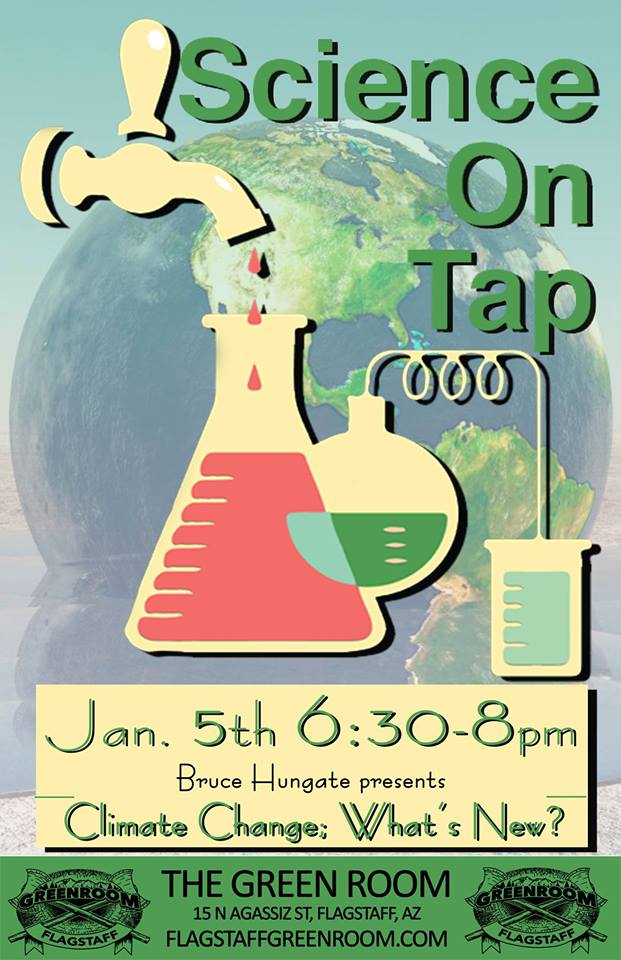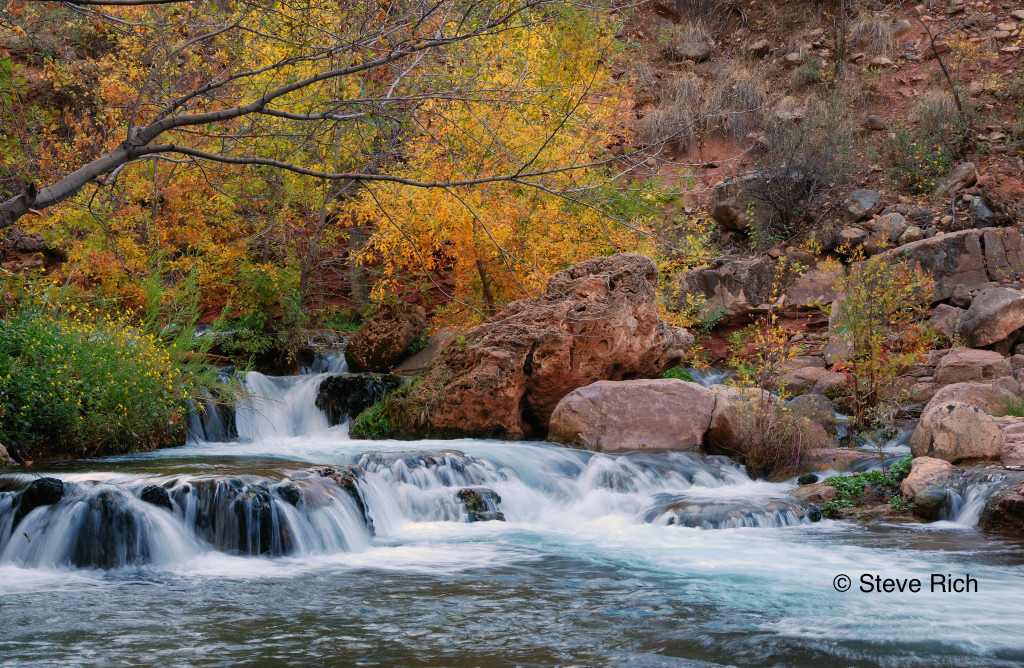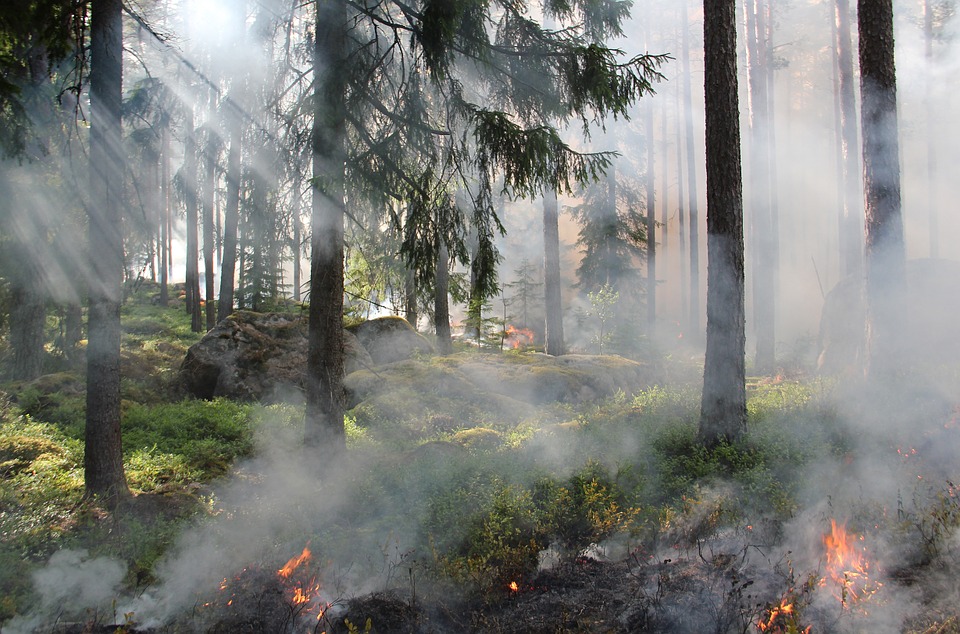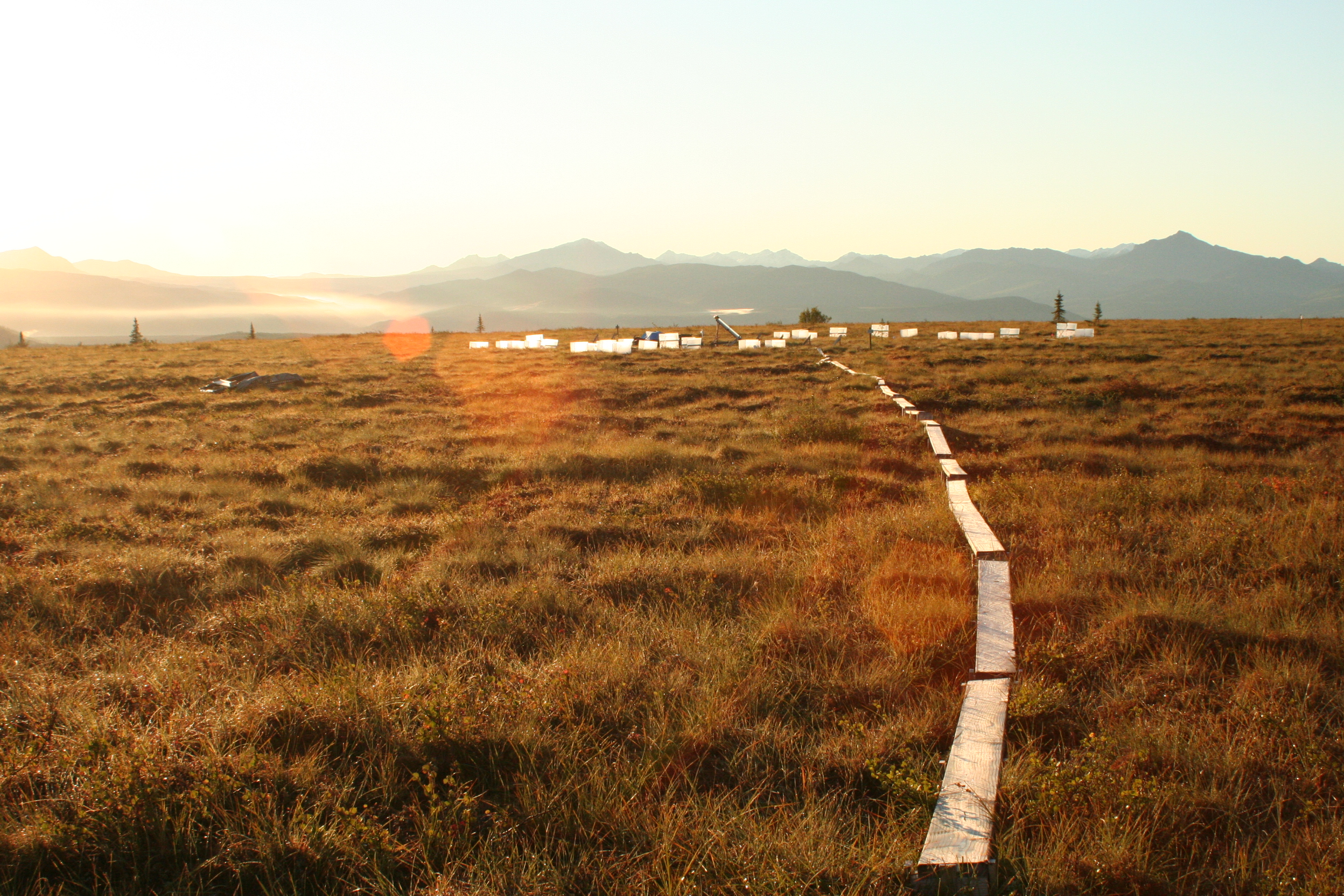Atmospheric nitrogen deposition
David A. Wedin and David Tilman (Reports, 6 Dec.,p 1720) show that increased nitrogen inputs to terrestrial ecosystems might cause smaller increases in the capacity of those ecosystems to store carbon than expected. Their findings are important because nitrogen inputs have increased dramatically over the past decades through fertilizer production, […]





